-
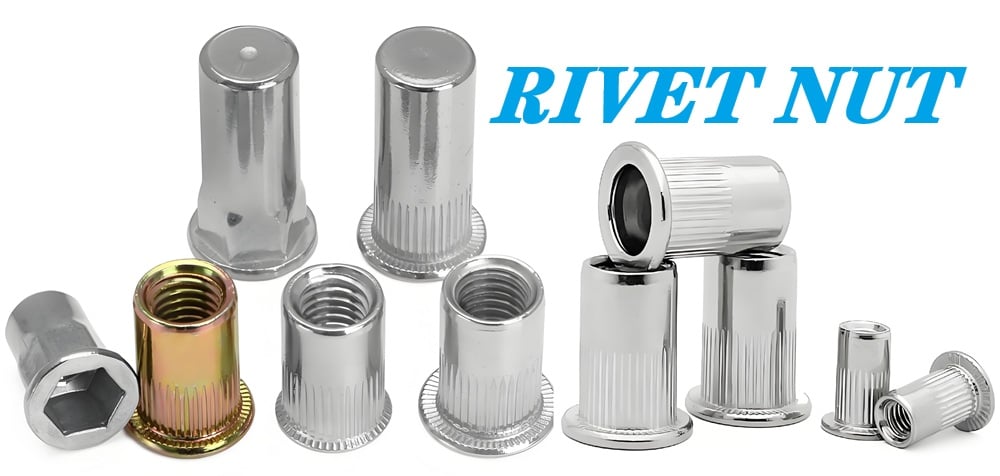 2025.4.18
2025.4.18Rivet nuts, also known as rivnuts, nutserts, or threaded inserts, are widely used in both industrial and DIY applications for creating strong, reliable threaded connections in thin or soft materials. From automotive to aerospace, electronics to furniture assembly, rivet nuts offer a practical solution when traditional tapping is not possible. In many fabrication and assembly scenarios, especially with thin materials such as sheet metal or tubing, creating reliable threaded connections can be a challenge. Traditional tapping methods may not work, and welding is often im......
-
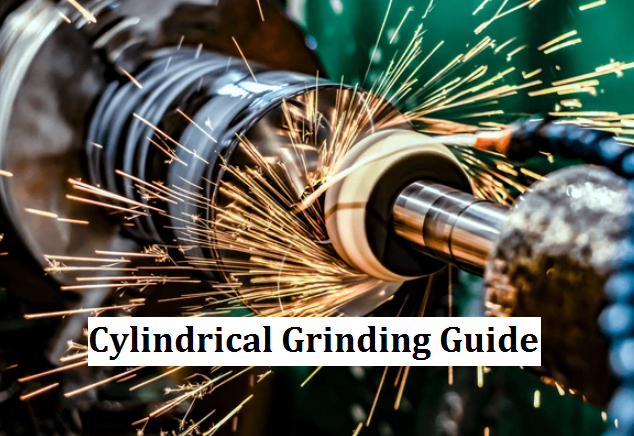 2025.4.18
2025.4.18Cylindrical grinding is an important manufacturing process widely used in various fields. This guide will cover the cylindrical grinding definition, process, types, grinding machine & wheel (with diagram), components of cylindrical grinders, and wheel specifications. What Is Cylindrical Grinding? – Cylindrical Grinding Definition Cylindrical grinding is a type of abrasive machining (cutting) process that uses the grinding wheel to remove materials from the surfaces of workpieces and create cylindrical, conical, or stepped external/internal cylindrical surfaces. The workpiece g......
-
 2025.4.15
2025.4.15Among the many types of threads, those used to connect and join piping systems – such as water supply lines and pipe fittings – are known as pipe threads. However, the types and naming conventions of pipe threads can be somewhat complex, often leading to confusion. Using pipe threads from different standards can result in leaks, malfunctions, or even damage. To ensure safe and proper connections, it’s important to thoroughly understand and verify the types, standards, and names of the pipe threads being used. So here we will cover the basics of pipe threads, t......
-
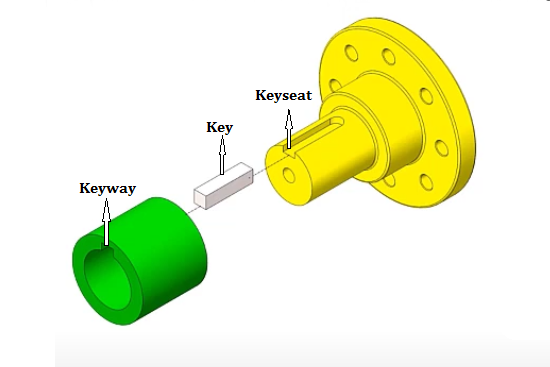 2025.4.15
2025.4.15Shaft key and keyway work together to create a robust interlocking mechanism. How to design an accurate keyway? This guide provides a comprehensive overview of keyways, how they function, and the key and keyway dimensions/sizes involved in their design. What Are Keys and Keyways in Engineering, and How Do They Work? In mechanical engineering, a key is a crucial machine element that connects a rotating component to a shaft, preventing relative rotation and facilitating torque transmission. This system relies on a keyway and keyseat – slots and pockets where the key fits – form......
-
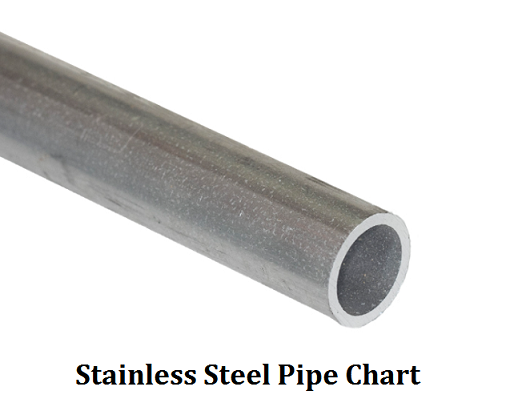 2025.4.11
2025.4.11How to select the right stainless steel tubing? There are tons of different specifications related to sizes and weight. This article provides comprehensive information about the different schedules of stainless steel pipes and their applications, dimensions, weight, and tolerances. What Is Stainless Steel Pipe Schedule? A pipe schedule is a standardized system used to define the wall thickness of pipes relative to their diameter. It is an important parameter in piping design and engineering, as it directly affects the pipe’s strength, pressure capacity, and suitability for specifi......
-
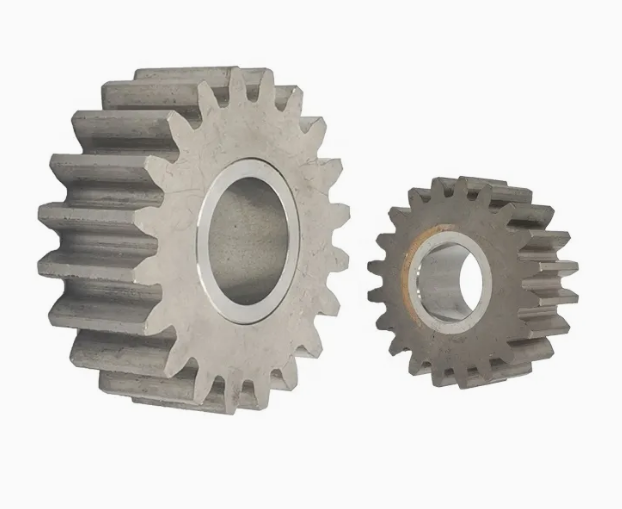 2025.3.27
2025.3.27Gears are components that are applied in numerous industries, especially in automotive, aerospace, and industrial machinery. This article provides an extensive guide on gear functions, principles, manufacturing, types, classification, teeth profiles, nomenclature, and the essential calculations involved in gear design and analysis. What Are the Functions of Gears? Gears are mechanical components that serve several critical functions in transmitting and controlling rotational motion. They adjust rotational speed by meshing gears of different sizes, either increasing or decreasing it based......
-
 2025.3.26
2025.3.26Welding is a fabrication process of joining metals or other materials by heating or applying pressure. However, the complexity of the welding technique may cause defects and imperfections that can compromise the quality and safety of welded joints. This guide introduces the most common types of welding defects with definitions, diagrams, detection methods, causes, preventive measures, and effective remedies. What Are Weld Defects – Welding Discontinuity vs Defect Weld defects are specific flaws in welded joints that go beyond acceptable limits and weaken the strength or quality of ......
-
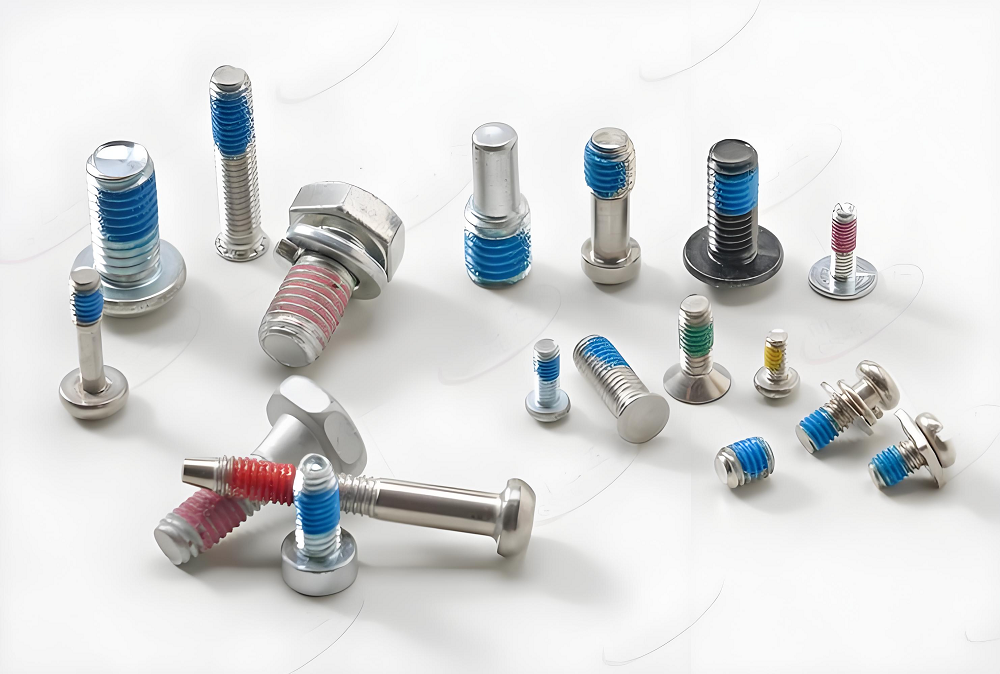 2025.3.25
2025.3.25Fasteners refer to components that serve the function of securing objects together. Threaded fasteners, which contain threads and are manufactured to precise dimensions, exert their fundamental function through the interaction between external and internal threads. This capability allows threaded fasteners to play a significant role in the connection and fastening of objects, as well as in facilitating movement. I. What are Threaded Fasteners? Fasteners are universal components used for mechanical connection, fixation, or sealing. They securely join two or more parts ......
- Home
- Machining techniques
- CNC Machining Services
- Cooperative supply services
- Designs
- Materials
- Finishing Services
- Shop
- Products
- Guide
- About Us
- Contact Us

